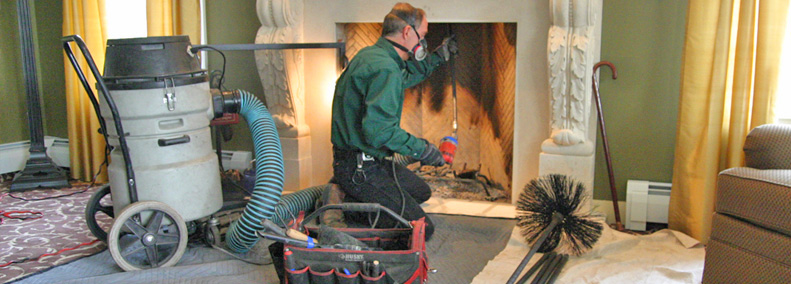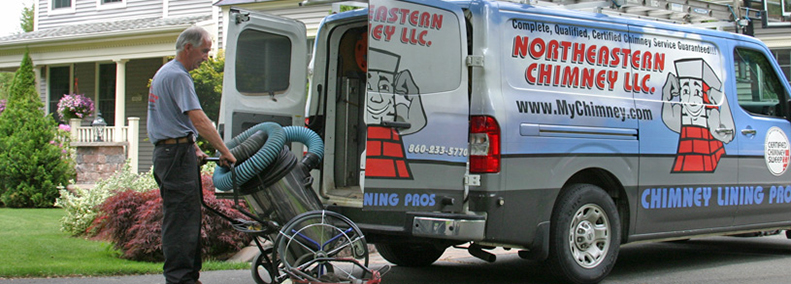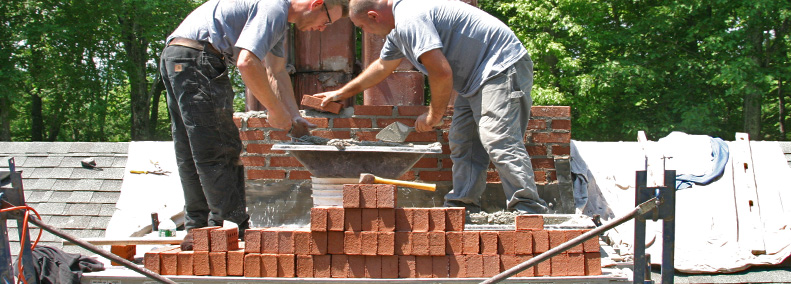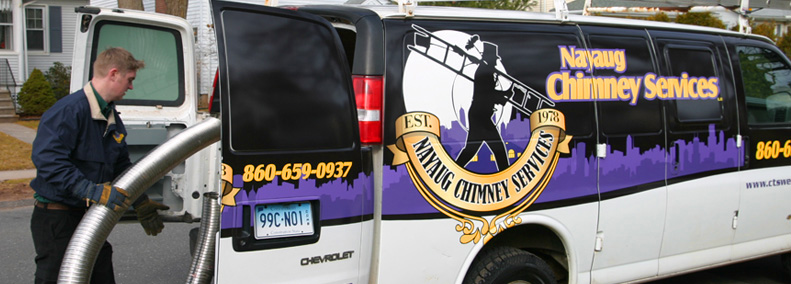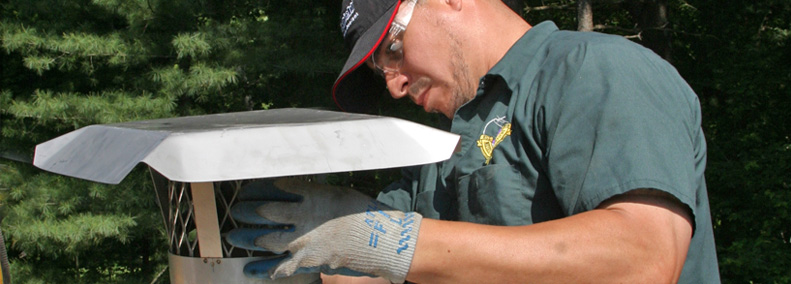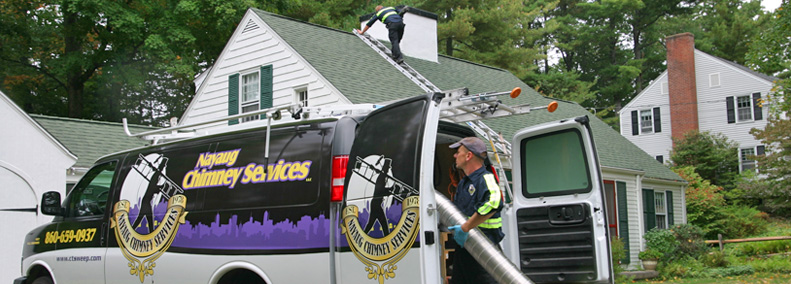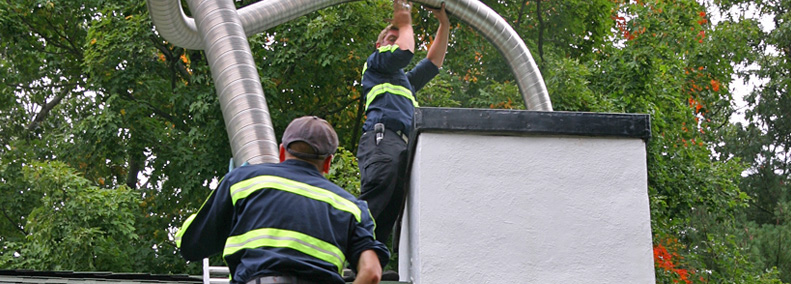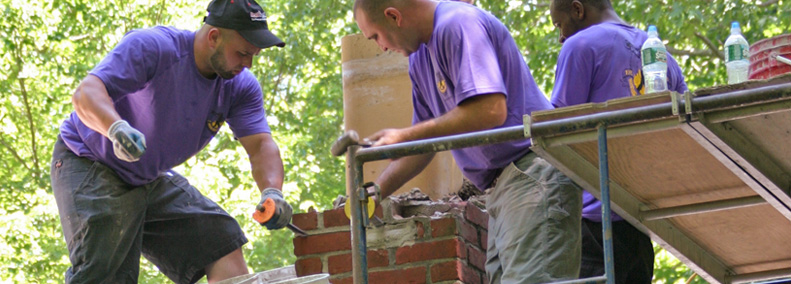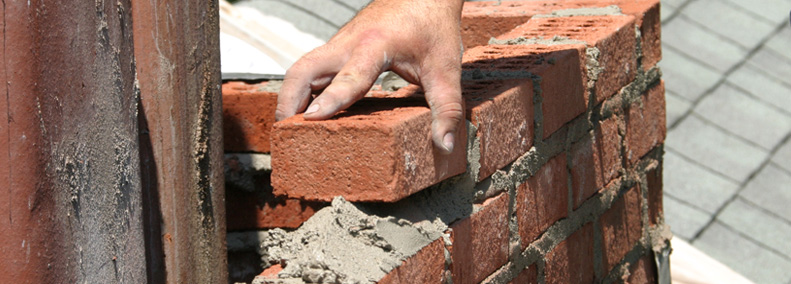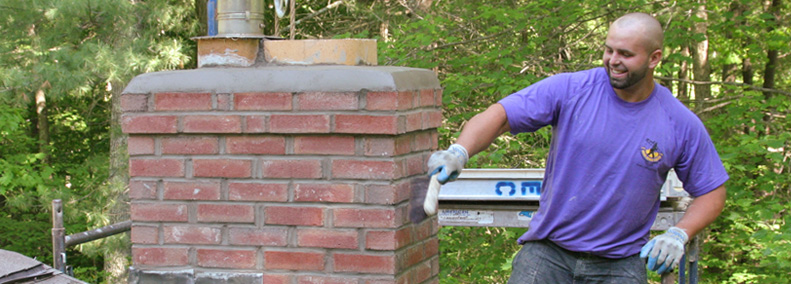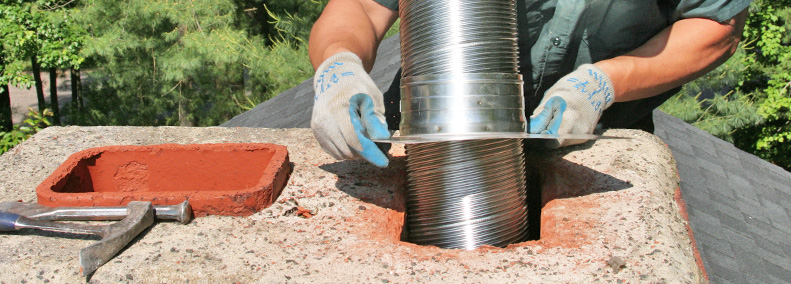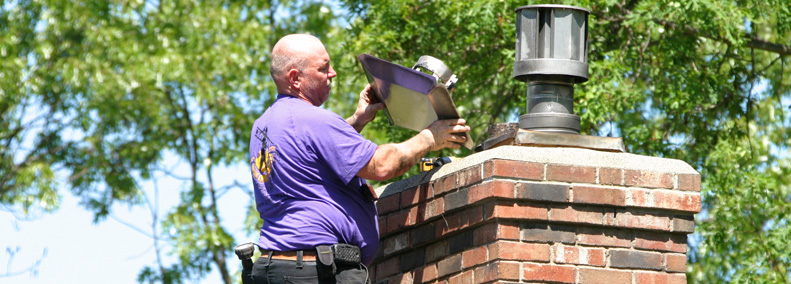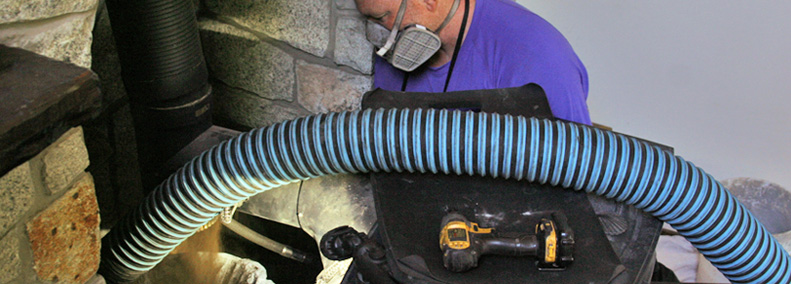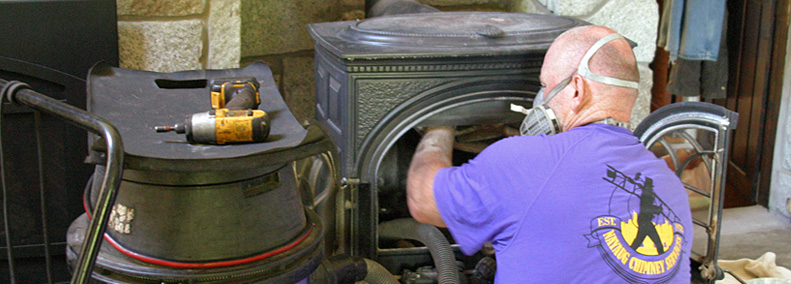08.27.11
A History of Chimney Sweeping
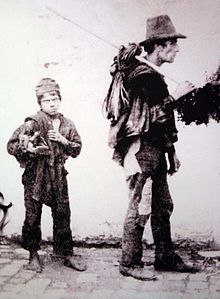 The chimney sweep has been around for hundreds of years and still today is a necessary and important profession. The early Romans first made the switch from a single fire in the center of a room to an isolated fireplace to heat buildings and cook indoors, but it was not until 16th century England that the trend of fireplaces and chimneys really caught on. It was not long before people built fireplaces in each room of their home to use as a heat source. In 17th century England, along with all of the new fireplaces came a hearth tax, based on the size of the house and the number of chimneys the house had. To avoid these high taxes, builders would connect the flues of new fireplaces with those of an existing chimney, creating a complex maze of pitch black narrow tunnels inside the home.
The chimney sweep has been around for hundreds of years and still today is a necessary and important profession. The early Romans first made the switch from a single fire in the center of a room to an isolated fireplace to heat buildings and cook indoors, but it was not until 16th century England that the trend of fireplaces and chimneys really caught on. It was not long before people built fireplaces in each room of their home to use as a heat source. In 17th century England, along with all of the new fireplaces came a hearth tax, based on the size of the house and the number of chimneys the house had. To avoid these high taxes, builders would connect the flues of new fireplaces with those of an existing chimney, creating a complex maze of pitch black narrow tunnels inside the home.
 In this same time period, coal became a popular substitute for burning wood in fireplaces. As a result of this switch from wood to coal, the need for regular cleaning became increasingly necessary. The use of coal left large sticky soot deposits on the walls of the fireplace that had to be cleaned off regularly for the chimney to remain cleared. If the fireplace was left uncared for, the coal residue would cause the chimney to back up and pollute the home with harmful fumes. At this point the profession of the chimney grew rapidly. With the rise in coal use, regular chimney sweep visits became a safety necessity. In London at this time, Queen Victoria mandated that all chimneys be cleaned regularly. At this time, chimney sweeps became known for bringing clean and fresh air back to the home and they became associated with good hearth and good health.
In this same time period, coal became a popular substitute for burning wood in fireplaces. As a result of this switch from wood to coal, the need for regular cleaning became increasingly necessary. The use of coal left large sticky soot deposits on the walls of the fireplace that had to be cleaned off regularly for the chimney to remain cleared. If the fireplace was left uncared for, the coal residue would cause the chimney to back up and pollute the home with harmful fumes. At this point the profession of the chimney grew rapidly. With the rise in coal use, regular chimney sweep visits became a safety necessity. In London at this time, Queen Victoria mandated that all chimneys be cleaned regularly. At this time, chimney sweeps became known for bringing clean and fresh air back to the home and they became associated with good hearth and good health.
 Many times in literature, movies and artwork child sweeps were portrayed as having fun and the cheerful young apprentices of accomplished older sweeps. The truth was a bit different of course. Many orphans were forced into child labor and treated poorly as they worked long, hard hours as chimney boys.
Many times in literature, movies and artwork child sweeps were portrayed as having fun and the cheerful young apprentices of accomplished older sweeps. The truth was a bit different of course. Many orphans were forced into child labor and treated poorly as they worked long, hard hours as chimney boys.
Cleaning the inside of the soot-filled chimney flues was a difficult and dangerous job because of the narrow chimney flues and the amount of soot the sweepers were exposed to. For this reason, the job was left to poor orphan boys brought in by the chimney master or children sold by their parents into the trade. The children served as indentured servants to their master; in exchange for a home and food and water the children were taught the trade. The children climbed into the chimneys to scrape off the coal deposits and brush the walls with little scrubber brushes. The conditions were harsh and the work was hard. Children were often scared to climb into the narrow passageways, so to give them a little extra encouragement the chimney masters would light a small fire under the child to coax him up the interior walls, hence the start of the expression, “to light a fire under you”. The life of a ‘climbing boy’ was not just undesirable but dangerous as well. Because they worked and lived in the soot and grime of the chimneys, the children often developed respiratory problems and other related issues. Fatal falls from rotting chimneys were not uncommon either. William Blake, an English poet, illustrates the difficult life of a chimney sweep boy in his poem, “The Chimney Sweeper”.
Finally, in 1864, Parliament passed the “Act for the Regulation of Chimney Sweepers” which ended the use of young boys to clean the chimneys. At this time, various cleaning devices were invented to aid the chimney sweep in cleaning and bushing the walls from one end of the chimney. One method of chimney cleaning invented around this time used a heavy lead or iron ball and rope system used to clean the chimney from the top all the way down to the fireplace. And, in the 18th century, a man named Joseph Glass invented chimney cleaning equipment consisting of a set of canes and brushes that could be used from the fireplace to clean all the way up to the top of the chimney. More modern variations of both of these inventions are still used today.
In the 1960s, gas and electricity have replaced coal and fireplaces as the main heating source for homes. This change in fuel type has mandated a revision to the role of the chimney sweep. In the 1970s though, when the price of fossil fuels rose dramatically, people went back to burning wood in their fireplaces rather than to use other more costly methods of heating. But when people used fireplaces that had been left unused for a long period of time without proper cleaning and care, house fires and carbon monoxide poisonings from clogged chimneys became commonplace. This switch back to the use of fireplaces after years of non-use was very dangerous if the proper provisions were not taken care of beforehand. Presently, the professional chimney sweep has made a comeback with fireplaces getting regular use rather than just used for a decoration and this old profession is still growing today.
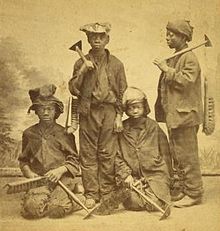 Although the life of the early chimney sweeps including children has often been dramatized and romanticized as being cheery and fun in stories, movies and artwork, the reality was quite different and the sweep’s life many times was one of toil and hardship.
Although the life of the early chimney sweeps including children has often been dramatized and romanticized as being cheery and fun in stories, movies and artwork, the reality was quite different and the sweep’s life many times was one of toil and hardship.
One of the most famous literary works about Chimney Sweeps is William Blake’s poem, “The Chimney Sweeper.”
The chimney sweep today has come a long way from sending children armed with brushes up the chimney flues. Professional chimney sweeps are educated in the codes and science behind chimneys and fireplaces. Chimney sweeps now do more than simply clean a chimney; they diagnose and service problems, repair all types of chimneys and install fireplaces and hearths. Through it all, the chimney sweep remains an important profession that will continue to grow and bring good health and good hearth to every home they service.
Today, the chimney sweep is a well respected professional that helps to provide homeowners and businesses to maintain safe operation of heating systems, fireplaces, stoves, flues and chimneys of all kinds. Organizations like the CSIA and the NCSG hold members to very high ethical and educational standards of performance as well

 Tap to Call Now
Tap to Call Now

